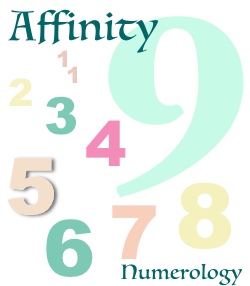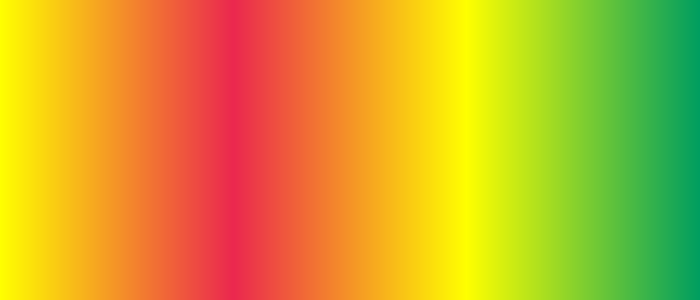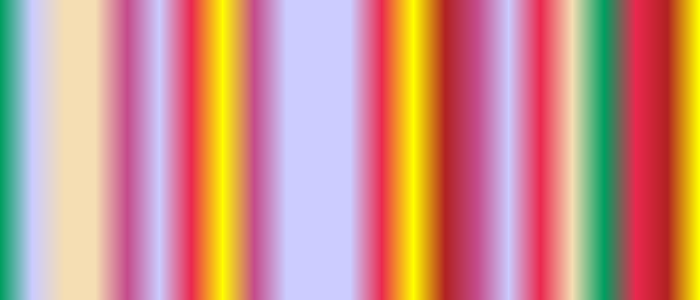Affinity Numerology : Using Numerology
Reasons for Calculating Text Line by Line
.jpg)
One reason for writing something is to convey information. When the reader is able to understand exactly what was meant, then the writing was a success.
When the numerology energy of a writing resonates with the idea the writer wants to convey, the recipient is more likely to fully understand. And less likely when the written energy is in dissonance with the idea.
There are various ways a written work can be calculated to reveal the numerology energies within it.
In this article, we'll talk about the energy present in each line of a written work. It can be especially valuable for poets.
(For cumulative numerology energy of individual words, use the Numbers for Any Text Calculator.)
Is the numerology energy of your writing compatible line-by-line?
There are ways to tell.
We'll use the nursery rhyme Roses Are Red (Violets Are Blue) for the examples.
Because we don't know the intent of the original author, we'll do a calculation on the entire nursery rhyme for its foundation number. Then we'll assume the calculated numerology energy of the poem was the original intent.
The calculated foundation number for the entire nursery rhyme is the number 3, a number of creative expression.
Note: The numerology calculations for the example poem can be calculated with the Text Line-By-Line Tool. Use the tool to do the calculations for your own works, too.
Now, let's take each line of the nursery rhyme and see how well it does or does not resonate with the numerology energy that suggests creative expression. (Compatibility of Number Energy has a chart that can be used to determine the compatibility or incompatibility of one number with another.)
The first line of the Roses Are Red (Violets Are Blue) nursery rhyme, Roses are red, has a foundation number 1. The number 1 resonates with self-sufficiency and independence, which might not be what the author had in mind for the nursery rhyme. But it works. It is not in dissonance.
Here is the entire nursery rhyme. The foundation number for each line is on the left of the line.
1 Roses are red, 4 Violets are blue, 4 Sugar is sweet, 3 And so are you.
As noted earlier, the foundation number for the entire nursery rhyme is the number 3, a number of creative expression.
The number 1 of the first line has already been discussed.
The next two lines of the nursery rhyme each calculate to the number 4. The number 4 is a number of focus and work.
The energy represented by the numbers 3 and 4 are incompatible.
If it is desirable for those two lines be compatible with the entire nursery rhyme, each line's words need to be changed until the result is a compatible number.
Compatibility is not required. An author may want certain lines to express dissonance. Examples of reasons why incompatibility may be desired are to attract attention, to make the compatibility of other lines seem more relevant, or to deliberately stir up the energies so compatibility at the end is felt more intensely.
The last line of the nursery rhyme is identical to the number of the entire poem. Identical energy is the most compatibility that energy can be.
To make the lines of your own work compatible with your intent, the wordage of lines can be changed until the resulting number represents energy that is compatible with your preferred energy. Text Line-By-Line Tool can be used to determine the numbers.
Usually, the energy represented by even numbers are most compatible with even numbers, and odd numbers with odd numbers. But there are exceptions. Compatibility of Number Energy can be consulted for the actual compatibility of two numbers.













